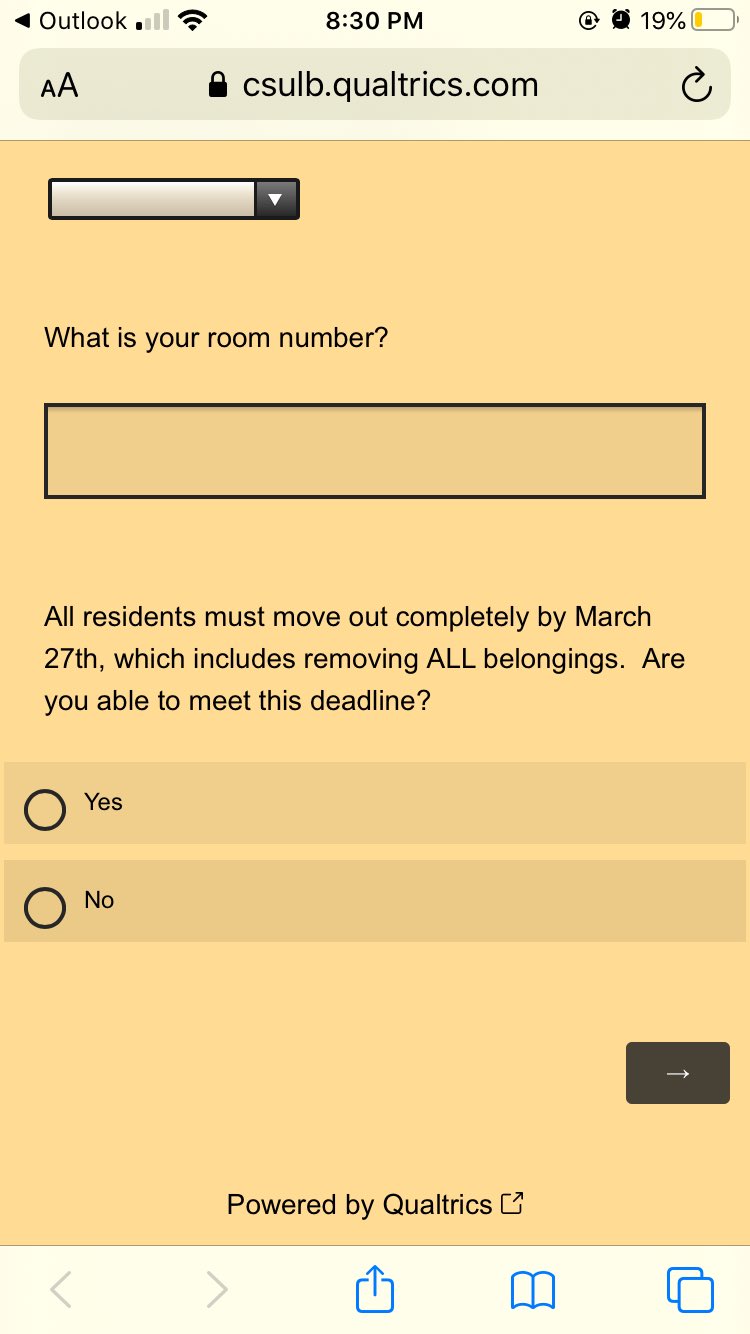UPDATE March 16, 8:40 p.m:
All dorm residents are now being required to move out of completely by March 27, according to Housing and Residential Life officials.
If a student cannot meet that deadline, they must request an extension to stay.
Enlarge

Housing and Residential Life officials announced Monday that students who reside in the dorms are “strongly encouraged” to move out.
“Because the university is transitioning to alternative delivery of classes, we strongly encourage you to consider leaving student housing in an effort to boost social distancing and reduce the density of our on-campus population,” the email stated. “This is for your protection and for the safety of the entire residential community.”
Students who opt to leave their dorms will receive a prorated refund from the day of their checkout, which can be as soon as March 20.
Refunds will apply to dining and housing costs. However, housing officials warn this may have an impact on certain financial aid.
For those wishing to stay in their residence hall or for those who have no other housing accommodations, officials said dorming residents may be relocated to another housing unit.
“We recognize that some of you have no other residence available to you or you may face travel restrictions,” the email stated. “We will accommodate you if these considerations apply to you, but you should be prepared to relocate to a different residence hall on campus.”
Move out forms will be made available Tuesday morning and are due by March 20. The latest a student may move out is March 27.
For up-to-date coverage on coronavirus at CSULB, visit our live coverage page.





Pingback: Housing and Residential Life delays spring move-in to February - Daily Forty-Niner